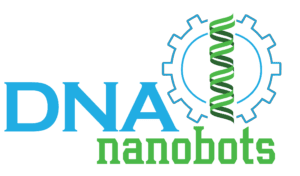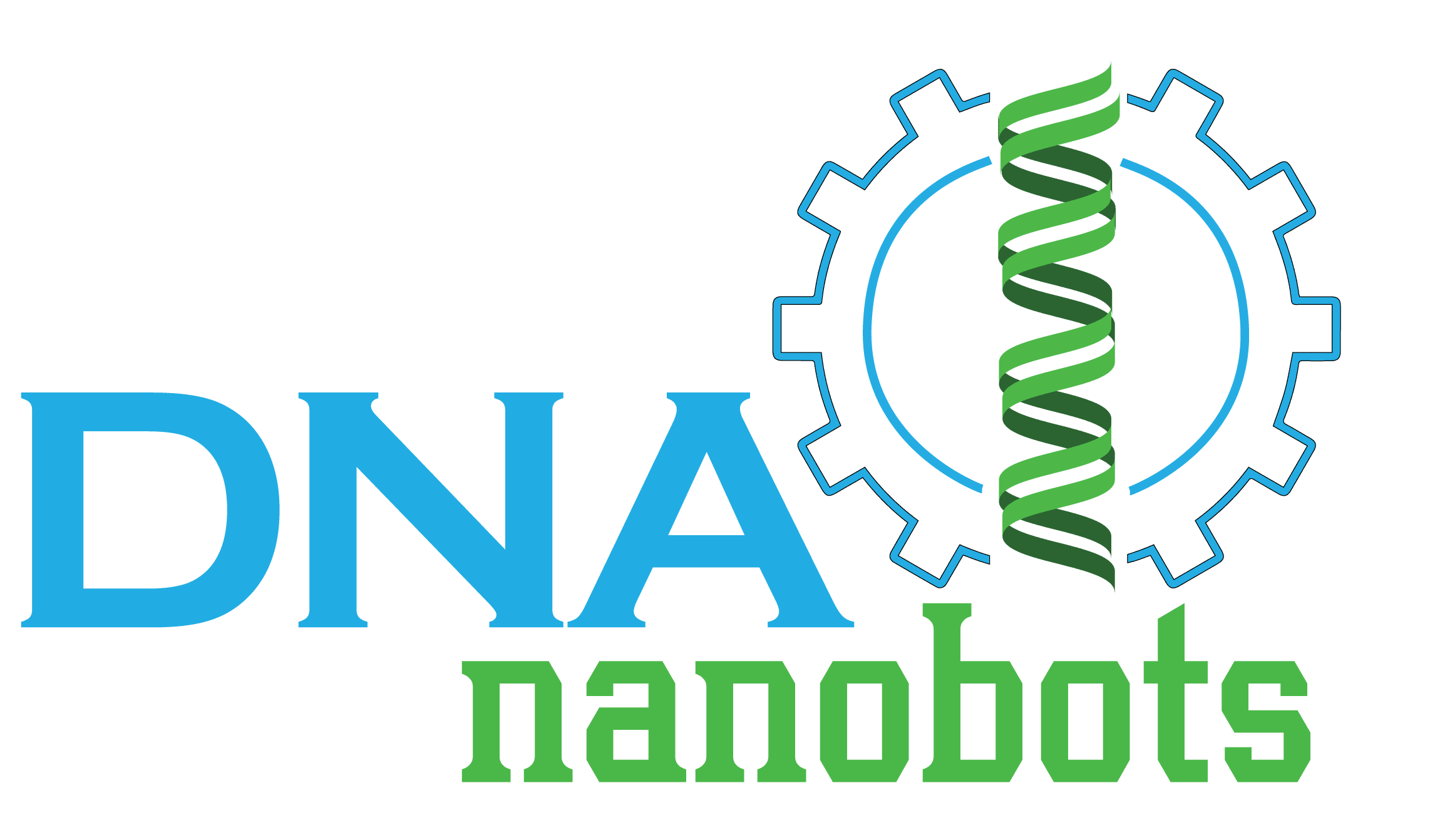by Christopher R. Lucas, PhD
4-20-2023
Targeted therapy using Nanoparticle liposome-based strategies to maximize therapeutic efficacy and minimize toxic side effects is an active area of cancer research. Liposome nanoparticles sustain drug delivery and release, reverse multidrug resistance, and deliver drugs to specific intracellular locales, yet require complicated manufacturing schemes, and increased cost relative to free drug that limit their use. Although somewhat clinically effective, strong limitations exist including toxicity, slow drug release, and lack of precise control over drug delivery functions including targeting, cell uptake and drug release, and reduced efficacy in vivo.
We are developing a customizable DNA origami (DO) nanostructure (nanobot)-based targeted drug delivery system for the treatment of cancers. Acute Myeloid Leukemia (AML) has been our most developed target disease, although the platform may be easily applied to solid tumors. DO nanotechnology allows for unprecedented precise control of geometry and functionalization with small molecule drugs and targeting molecules including therapeutic antibodies (Abs). DO loaded with doxorubicin (Dox) outperformed free Dox in destroying breast cancer cells in vitro and in vivo. We previously demonstrated daunorubicin (Dauno) drug(d)-bound DO can circumvent drug resistance in an MDR1+ over-expressing AML cell line in vitro by delivering ~30% more Dauno and improving Dauno efficacy by ~20%. The DO vehicle alone distributes well systemically in vivo, is non-toxic upon repeat high dose (12.0 mg/kg) in vivo suggesting biocompatibility and is mildly immunogenic (<1.0 fold change in monocyte expansion) at repeat high dose in vivo. The DO drug delivery vehicle is tunable and stabilizes drug retention and improves drug release by ~82%. Furthermore, targeting antibody functionalized DO enhances DO delivery to AML target cells by ~2-4 fold, while d-loaded targeted DO (twisted form) outperforms free Dauno against AML cells at a low drug concentration (0.1 M) by ~68% in vitro. Collectively, these findings suggest DO is a viable therapeutic vehicle for AML, with potential to be applied to solid tumors.
Stage of Development
We have proof-of-concept evidence both in vitro and in vivo. Currently, we are at the lead molecule generation stage of development.
Key innovative advantages of the DO nanobot drug delivery platform include:
1) unprecedented control over geometric design, which impacts internalization and molecular functionalization with small molecule drugs, therapeutic nucleic acids, and number of and site-specific targeting antibodies allowing for a uniform population of targeted drug delivery devices; (compared to non-uniform population of liposomal formulations)
2) 1000s of intercalated small molecules per single tuneable DO bound to one or more targeting antibody molecules may be delivered to target cells; (compared to 4-8 drugs per single antibody (ADC)
3) the ability to target and reformulate frontline chemotherapy; (compared to non-targeted liposomal formulations)
4) tunable drug loading and release properties including ‘twist’, and predictable drug release rates; and (compared to untunable and unpredictable drug release rates of liposomal formulations)
5) non-toxic in vivo (compared to other Nanotechnologies, such as single wall carbon nanotubes)
*Market Opportunity: The Global Market for Nanomedicine, is expected to grow from $246 billion in 2021 to $493.5 billion by 2026, at a compound annual growth rate (CAGR) of 15.3% during the forecast period of 2021-2026. Specific to targeted therapies, the Global Targeted Therapeutics Market is expected to grow from $100.9 billion in 2021 to $142.6 billion by 2026, at a CAGR of 7.2% during the forecast period of 2021-2026.
*Potential use cases:
1.) Targeted anthracyline delivery will provide a more uniform therapeutic payload to intended cancer target cells when compared to liposomal formulations which are non-targeted and non-uniform.
2.) Targeted anthracyline delivery will provide a much higher drug payload (1000s of single drug molecules per single DNA nanobot delivery device) compared to 4-8 drug molecules per single antibody of an antibody drug conjugate (ADC).
Opportunity:
We are an Ohio State University Spin Out biotechnology company focused on product development services for biomedical applications including tissue/cell specific therapeutic targeted delivery. We provide comprehensive therapeutic contract product development services that include: i) concept development and prototype design; ii) initial construction and characterization; and iii) pre-clinical development. Importantly, we can load a large variety of payloads into a targeted delivery system allowing for a customizable therapeutic delivery system with (small molecule(s), oligonucleotide(s), targeting molecule(s)) provided by the customer. We see ourselves as the ‘Uber’ for pharmaceuticals. We are seeking pharmaceutical product development service contracts to support the therapeutic development pipelines of the Pharma, Biotech, and Academic industries.

